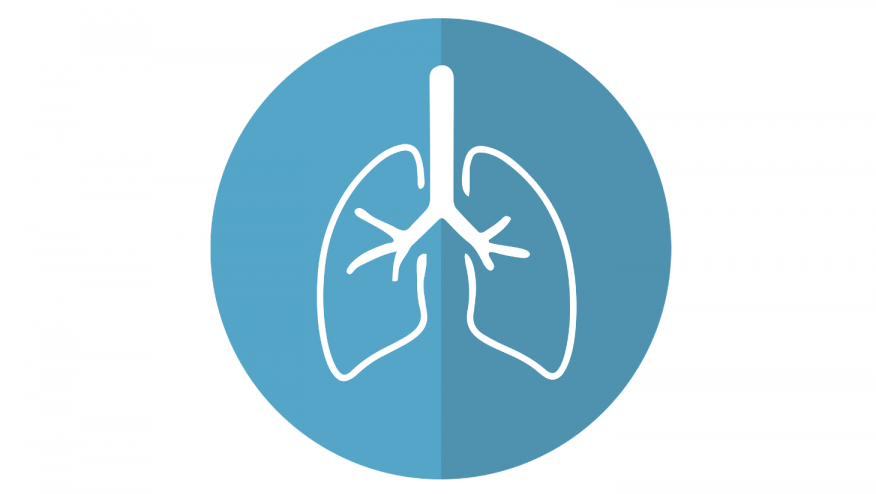RA-ILD takes centre stage Save

Interstitial Lung Disease (ILD) is common in rheumatoid arthritis (RA), occurring in approximately 8% of RA patients. It is associated with a poor prognosis, with a median survival of 3 years. Despite these facts, this important condition has often been neglected within the spectrum of RA research. That is changing, with excellent research initiatives by a number of groups presented at ACR22. I am going to highlight two select abstracts from Monday’s dedicated RA-ILD session.
Greg McDermott presented abstract 2248 on the prevalence and mortality of subpleural interstitial lung abnormalities (ILA) in RA and non-RA comparators. The authors included 82 RA patients and 8727 non-RA comparators who had HRCT performed for research purposes. The participants had no existing diagnosis of ILD. The prevalence of ILA was 16% in RA patients compared to 5% of comparators. Compared to non-RA, RA had OR 3.74 (95%CI 1.87 to 7.47) for subpleural ILA after adjustment for age, sex, BMI, smoking status, smoking pack-years, and MUC5B promoter status. There were 1852 (21%) deaths during median follow up of 9.4 years. The 10-year mortality for RA with ILA was 53% compared to 23% for RA without ILA and 22% for non-RA without ILA (log-rank p< 0.0001). The multivariable hazard ratio for mortality for RA with ILA compared to non-RA without ILA was 3.20 (95%CI 2.13 to 4.81). The multivariable hazard ratio for mortality for RA with ILA compared to RA without ILA was 3.01 (95%CI 1.31 to 6.92). This re-emphasises the need for an urgent call to action for research in screening and treating this patient group.
Matthew Baker presented abstract 2251 assessing tofacitinib in preventing incident RA-ILD. To do this the study authors employed the Optum database. They included 28,559 patients with RA (without pre-existing ILD) treated with biologic DMARDs or tofacitinib. Crude incident rates per 1,000 person-years for incident RA-ILD were 3.43 (95% CI 2.85-4.09) for adalimumab, 4.46 (95% CI 3.44-5.70) for abatacept, 6.15 (95% CI 4.76-7.84) for rituximab, 5.05 (95% CI 3.47-7.12) for tocilizumab, and 1.47 (95% CI 0.54-3.27) for tofacitinib. After multiple adjustments tofacitinib treated patients had a lower risk of developing ILD than adalimumab treated patients, (adjusted hazard ratio 0.31, 95% CI 0.12-0.78, p=0.009). The authors then went on to do another analysis using a prevalent new-user cohort design with propensity score matching, demonstrating an adjusted hazard ratio of 0.33 (95% CI 0.13-0.83, p=0.019) for tofacitinib compared to adalimumab. In this study tofacitinib clearly seemed to be associated with a lower risk of incident ILD. The question is why. While there may be a rationale to a lower risk than TNFi, the fact that rituximab and abatacept had higher incidence rates seems more difficult to square. There is also the real issue that RA-ILD is more prevalent in older individuals, the very population that safety concerns have been raised in from the ORAL-Surveillance study. I do think however that this should encourage further research into JAKi in RA-ILD.









If you are a health practitioner, you may Login/Register to comment.
Due to the nature of these comment forums, only health practitioners are allowed to comment at this time.